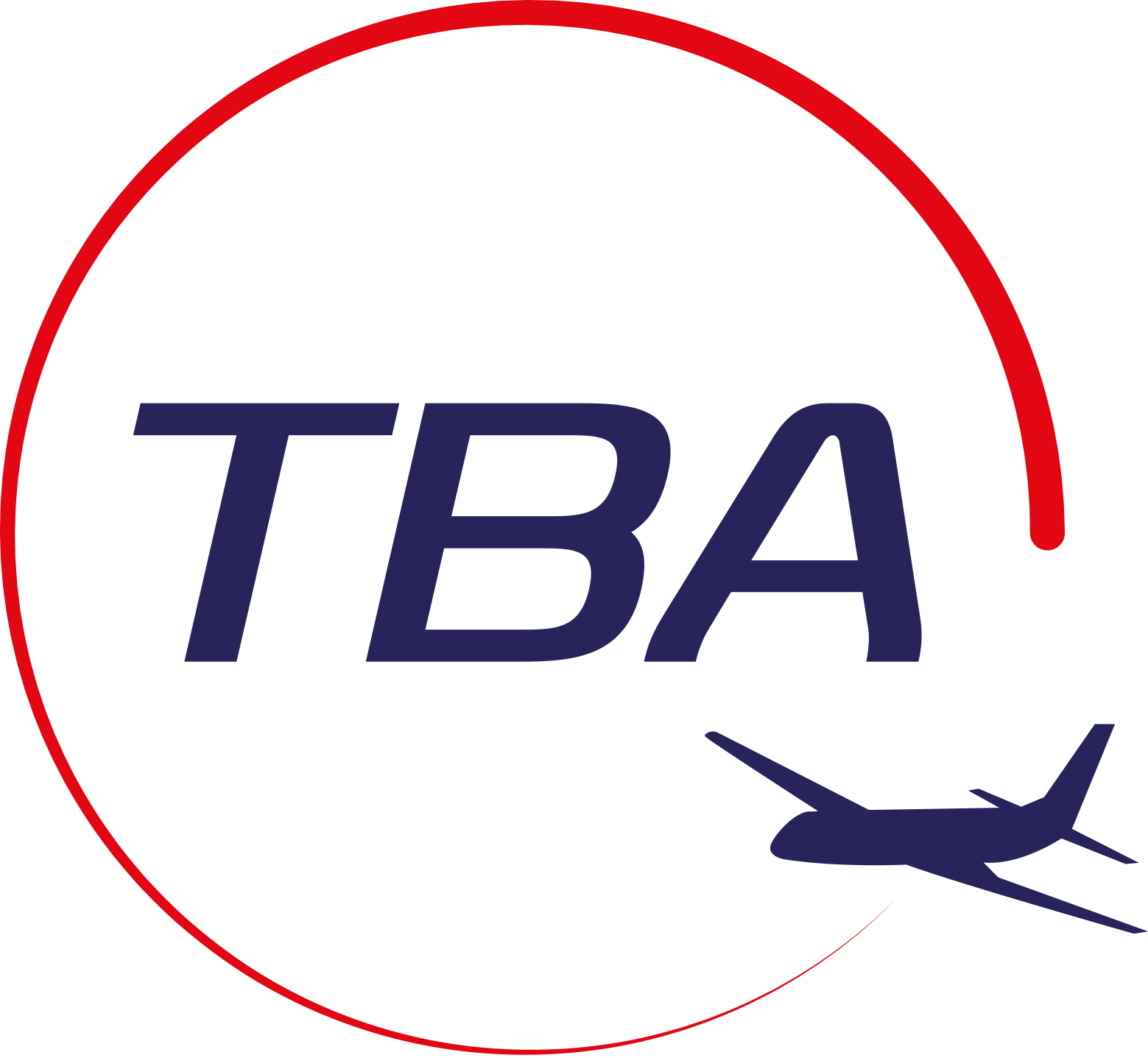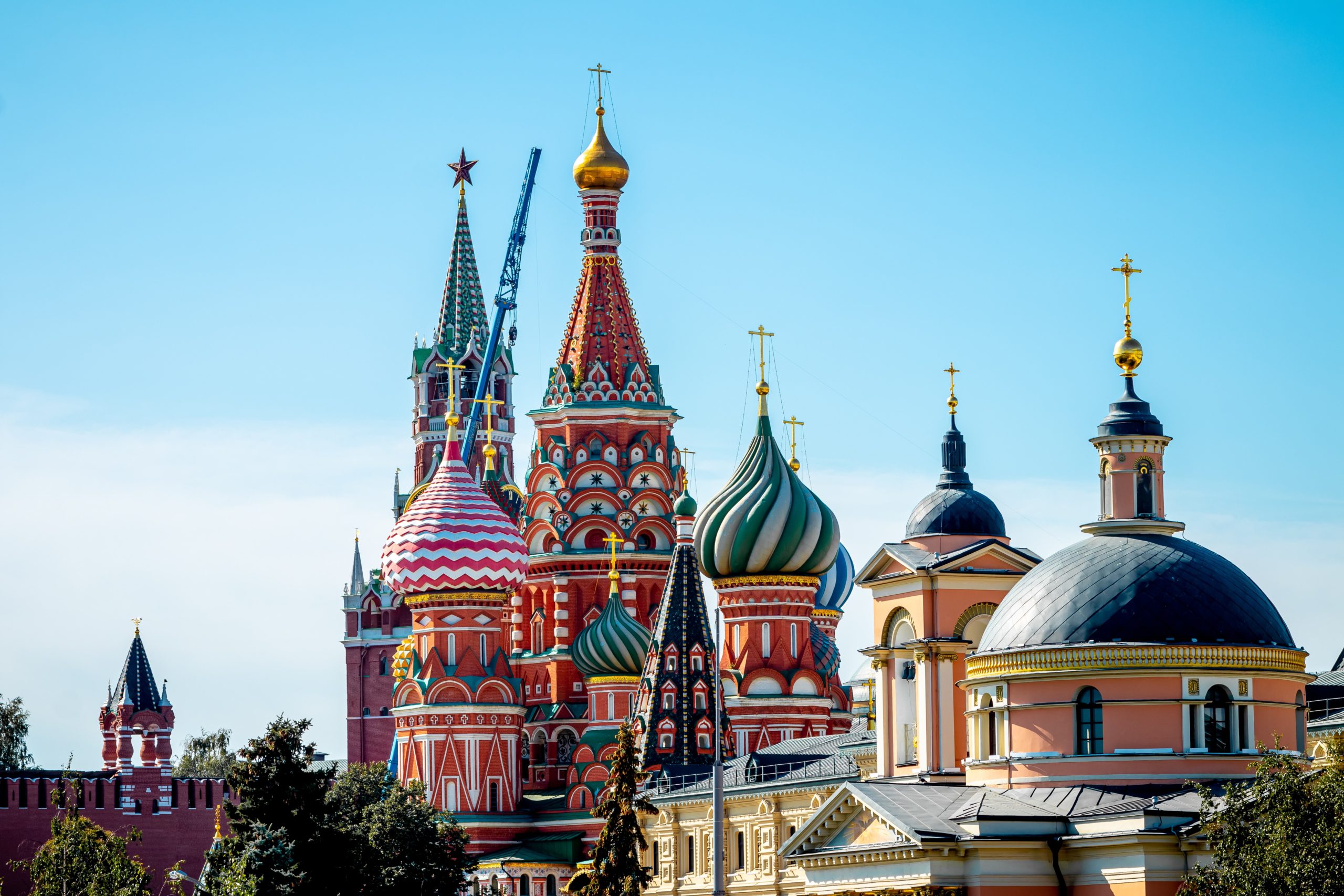Research and knowledge are the first steps for Russia/Moscow Travel Business Assistance. Here is a fact file for Moscow, Russia to get you started. Contact us if you are looking to start a business in or expand your market to Russia. We have consultants ready to help you on the ground in Russia.
Gain insider knowledge for successful market entries – Schedule your free consultation with Travel Business Assistance now.
Basics
Government: Federal semi-presidential constitutional republic, President: Vladimir Putin
Official Language: Russian
Population: 12.5 million out of a total of 146 million people in Russia live in Moscow
Time Zone: UTC+2 (no switching to Summer/Winter time)
Currency: RUB (Ruble)
Central role and hub of ex-USSR
The city stands on the Moskva River in Central Russia, with a population estimated at 12.4 million residents within the city limits, over 17 million residents in the urban area and over 20 million residents in the metropolitan area. The city covers an area of 2,511 square kilometres (970 sq mi), while the urban area covers 5,891 square kilometres (2,275 sq mi) and the metropolitan area covers over 26,000 square kilometres (10,000 sq mi). Moscow is among the world’s largest cities, being the largest city entirely in Europe, the largest urban area in Europe, the largest metropolitan area in Europe and the largest city by land area on the European continent.
There are five primary commercial airports serving Moscow: Sheremetyevo International Airport, Domodedovo International Airport, Bykovo Airport, Zhukovsky International Airport and Vnukovo International Airport. Sheremetyevo International Airport is the most common entry point for foreign passengers, handling sixty percent of all international flights. Domodedovo International Airport is the leading airport in Russia in terms of passenger throughput, and is the primary gateway to long-haul domestic and CIS destinations and its international traffic rivals Sheremetyevo’s. The three other airports particularly offer flights within Russia and to and from states from the former Soviet Union. Moscow’s airports vary in distances from MKAD beltway: Bykovo is the farthest, at 35 kilometres (21 mi); Domodedovo is next at 22 kilometres (13.7 mi); Vnukovo is 11 kilometres (6.8 mi) and Sheremetyevo is 10 kilometres (6.25 mi).
There are several smaller airports near Moscow, such as Myachkovo Airport, intended for private aircraft, helicopters and charters. Moscow has two passenger terminals, (South River Terminal and North River Terminal or Rechnoy vokzal), on the river and regular ship routes and cruises along Moskva and Oka rivers, which are used mostly for entertainment. The North River Terminal, built in 1937, is the main hub for long-range river routes. There are three freight ports serving Moscow.
There 10 Railway Stations in Moscow, local transport includes the Moscow Metro, The Moscow Central Circle or MCC is a 54-kilometre-long (34 mi) orbital urban/metropolitan rail line that encircles historical Moscow. Moscow has a bus terminal for long-range and intercity passenger buses (Central Bus Terminal) with daily turnover of about 25 thousand passengers serving about 40% of long-range bus routes in Moscow. Transport systems consist of trams, trolley busses, monorail, taxi, etc.
As the capital and largest city of Russia, Moscow, not surprisingly, is the country’s chief commercial and financial centre. The privatization of the Russian economy spurred the development of a substantial financial sector, including dozens of banks and several securities exchanges. Most foreign investment in the Russian economy passes through Moscow’s financial institutions. As the hub of Russia’s transportation network, Moscow also enjoys unchallenged supremacy as the country’s centre for domestic and foreign commerce.
Since the dissolution of the Soviet Union in 1991 and the free-market reforms of the early 1990s, Moscow’s economy has undergone a dramatic transformation. Most notably, although a disproportionate share of national wealth was concentrated there under the Soviets, the degree of concentration has significantly increased since 1990. The city accounted for about one-tenth of Russia’s wealth in the 1990s; by 2001 Moscow’s share had grown to one-fourth (not including undocumented and unreported transactions). While the reported average salary in Moscow is significantly higher than the national average, salaries account for less than one-fourth of Muscovites’ aggregate personal earnings, compared with about three-fifths for Russians as a whole. The remainder of Muscovites’ earnings usually comes from entrepreneurial activities and from renting out personal property (apartments or dachas).
The Skolkovo Innovation Center is a high technology business area at Mozhaysky District in Moscow, Russia. Although historically Russia has been successful with development of science and technology, its lack of entrepreneur spirit led to government intervention of patents and nonproliferation of Russian tech companies beyond the scope of regional service. As corporations and individuals become “residents” of the city, proposed projects and ideas receive financial assistance.
The last ten or so years may not have seen Russia embrace all Western ideologies, but they have certainly embraced all Western cash and foreign investment and contractors have been rife in Moscow in recent times. Even as the Kremlin and No. 10 Downing Street bicker over spies, investigations, dissidents and ambassadors British architect Sir Norman Foster is developing a space-age urban area called Crystal Island just a few kilometres from Putin’s office.
This year, Russia is ranked 40th in the World Bank Group Global Doing Business report, which assesses the ease of doing business across 190 measured economies.
Corporation Tax
- Personal income tax base rate is 13% climbing to 15% (if you have income more than 5 000 000 rubles)
- Standard corporation tax: Generally 20%: 3% of revenues is allocated to the federal budget, whereas 17% is allocated to the budgets of the relevant constituent regions (the regions may reduce such allocation to 13.5%)Healthcare is free. The National Health Service (NHS) provides a highly dedicated, caring health service.
Must Visit
- Red Square
- St Basil’s Cathedral
- Lenin’s Mausoleum
- Moscow Kremlin
- State Historical Museum
- Tretyakov Gallery
- Gorky Park
- Sparrow Hills, Bolshoi Theatre
- VDNKh All-Russian Exhibition Centre
- Tsaritsyno Museum
- Ostankino TV Tower
- Russian Metro (undergroun, subway)
- Novodevichy Convent
- Cathedral of Christ the Saviour
Events
Sports
Roller skating rinks
Rock climbing walls – To practice rock climbing with a rope, you need either an experienced partner or an instructor. If you want to practice alone, choose a bouldering hall, where you don’t need a harness: the walls are not high and the floor is equipped with soft mats.
Karting – Although the biggest karting centres are open-air, you can capture the feeling of car racing in a few warm and dry venues.
Indoor skating rinks – Some sports lovers go to indoor skating rinks not only during low season, but even in winter: the weather is always good there, and, since they are located in purpose-built stadiums, the ice is of very good quality.
Vertical wind tunnels – Vertical wind tunnels are an opportunity to safely experience skydiving without actually going up in the sky. The air in the tunnel moves upwards at approximately 195 km/h (120 mph), the speed of a falling human body. The ‘indoor skydiver’ floats in the wind tunnel, replicating the sensations experienced during freefall.
SNEJ.COM – Snej.com is a unique all-season skiing and snowboarding slope located very close to Moscow in Krasnogorsk. The temperature at this facility is always between -5 and -7 °C. Vertical drop: 65 m. Trail length: 365 m. Slope width: 60 m. Changing rooms, equipment hire, shops, cafes, skating rink, fitness centre.
Curling – Curling is a relatively new activity in Moscow, but it is gaining popularity. To play you’ll need two teams of four people each. Choose a club, make a reservation, and – ‘sweeeeeeeep’!
Culture and History
Moscow is a major cultural and tourist centre in Europe and the world; it is among Russian cities with the richest historical and cultural potential. Its architectural landmarks – the Kremlin, Red Square and Bolshoi Theatre are known worldwide as symbols of Russia. The Moscow Kremlin and Red Square, the Church of the Ascension in Kolomenskoye and the Novodevichy Convent are on the UNESCO World Heritage List. Moscow is one of the five most visited and popular cities in Europe and one of the ten most visited cities in the world.
Today Moscow has more than 100 theatres and over 400 museums. Among the many art museums, there are the State Tretyakov Gallery and the Pushkin State Museum of Fine Arts. Russia’s most valuable treasures can be seen in the Armoury Chamber of the Moscow Kremlin. There are vast exhibition venues such as the Central House of Artists, the Manezh exhibition hall, and others. There are also private art galleries, many specialising in contemporary art.
Moscow has film studios that produce the best Russian films, recognised masterpieces of international cinema: Mosfilm, Gorky Film Studio, and Soyuzmultfilm.
There are about 120 parks in Moscow, which have recently been modernised and renovated to make them more convenient due to the developed infrastructure. The largest parks in Moscow are Gorky Park, Sokolniki, Izmailovsky, and Kolomenskoye Museum Reserve.
Weekend Trips
Sanduny Famous Baths
Palaces:
- Arkahangelskoye
- Kuskovo
- Tsaritsyno
- Convent
Parks:
- Gorky
- Novodevichiy
- Kolomenskoye
- trips to Golden Ring
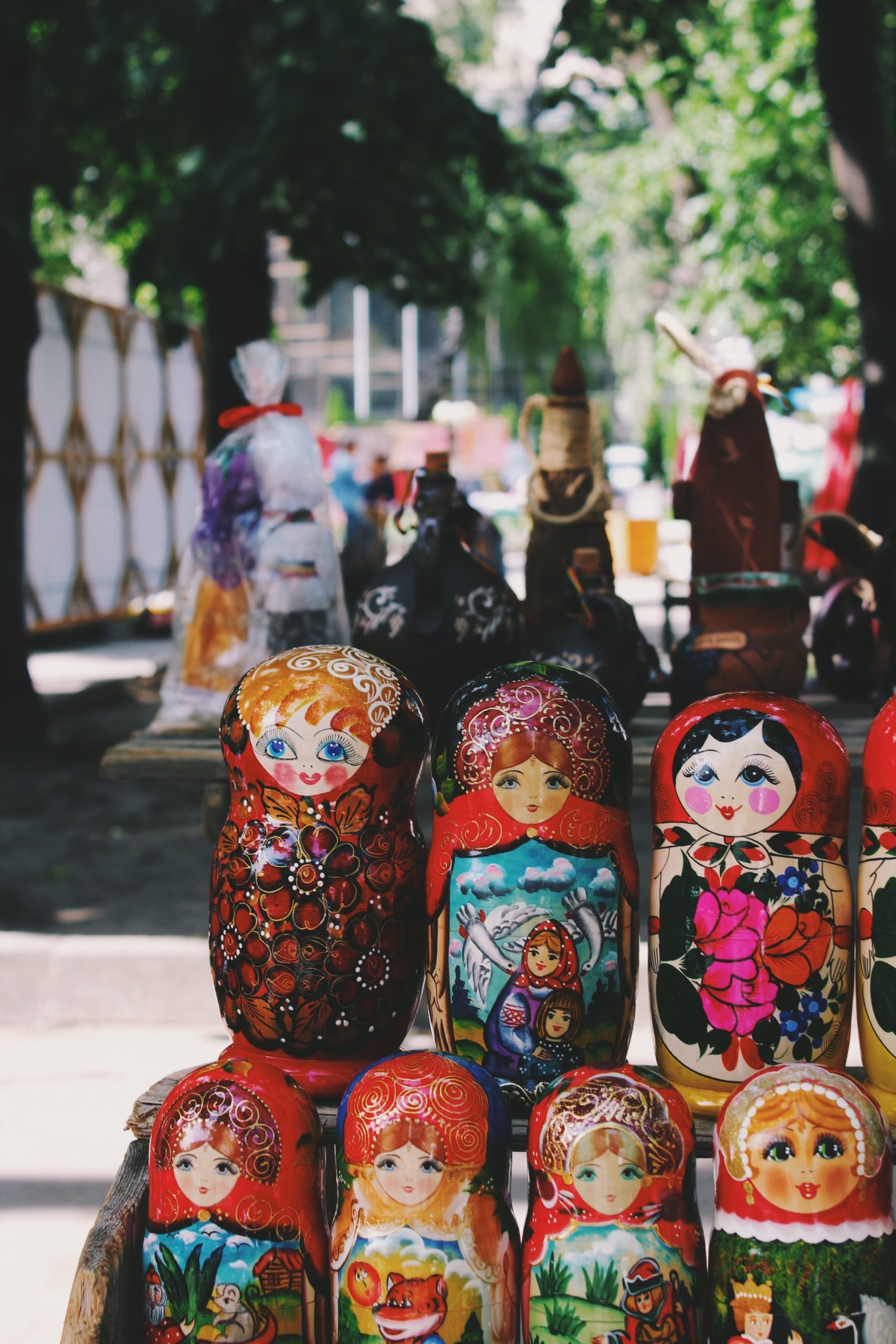
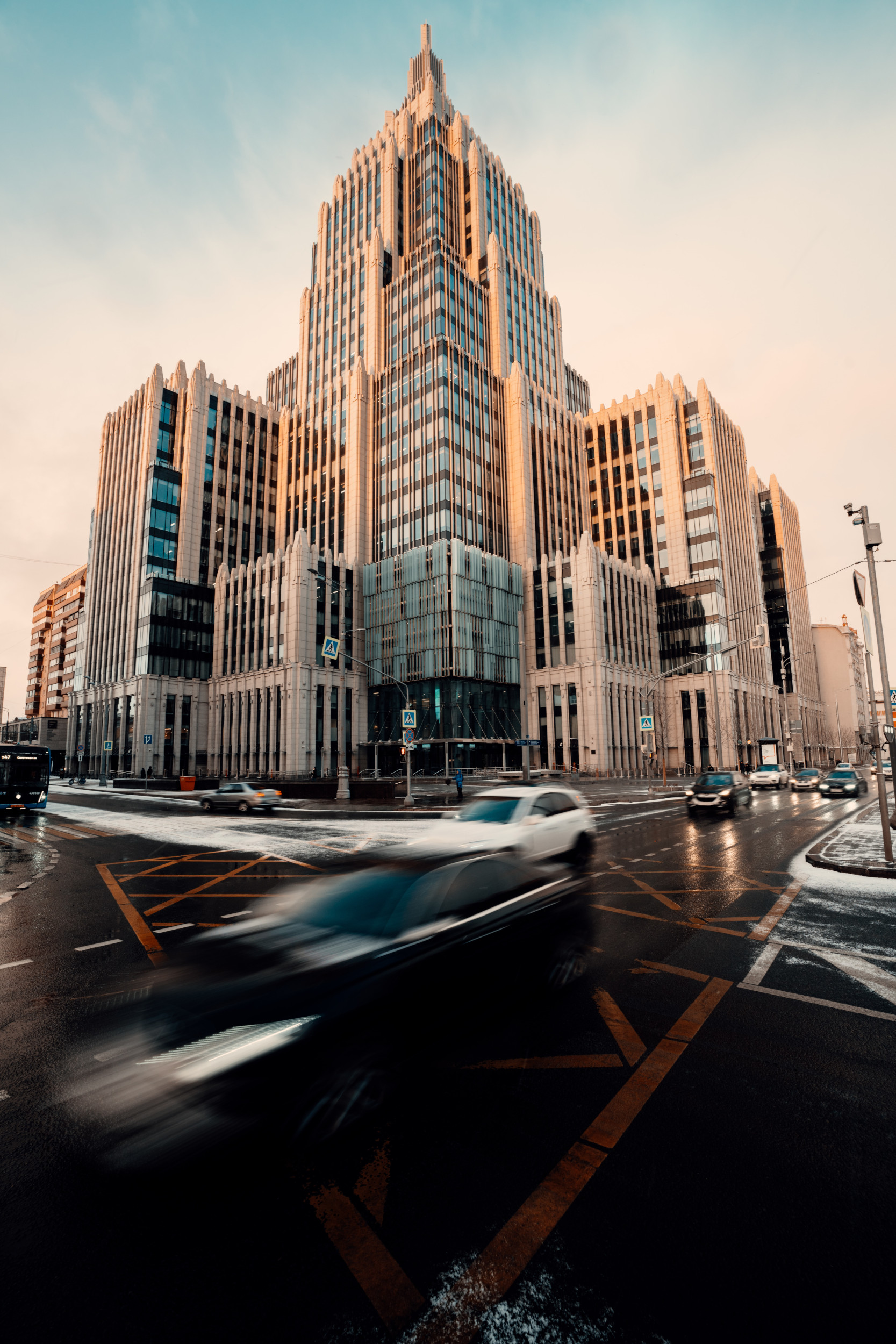
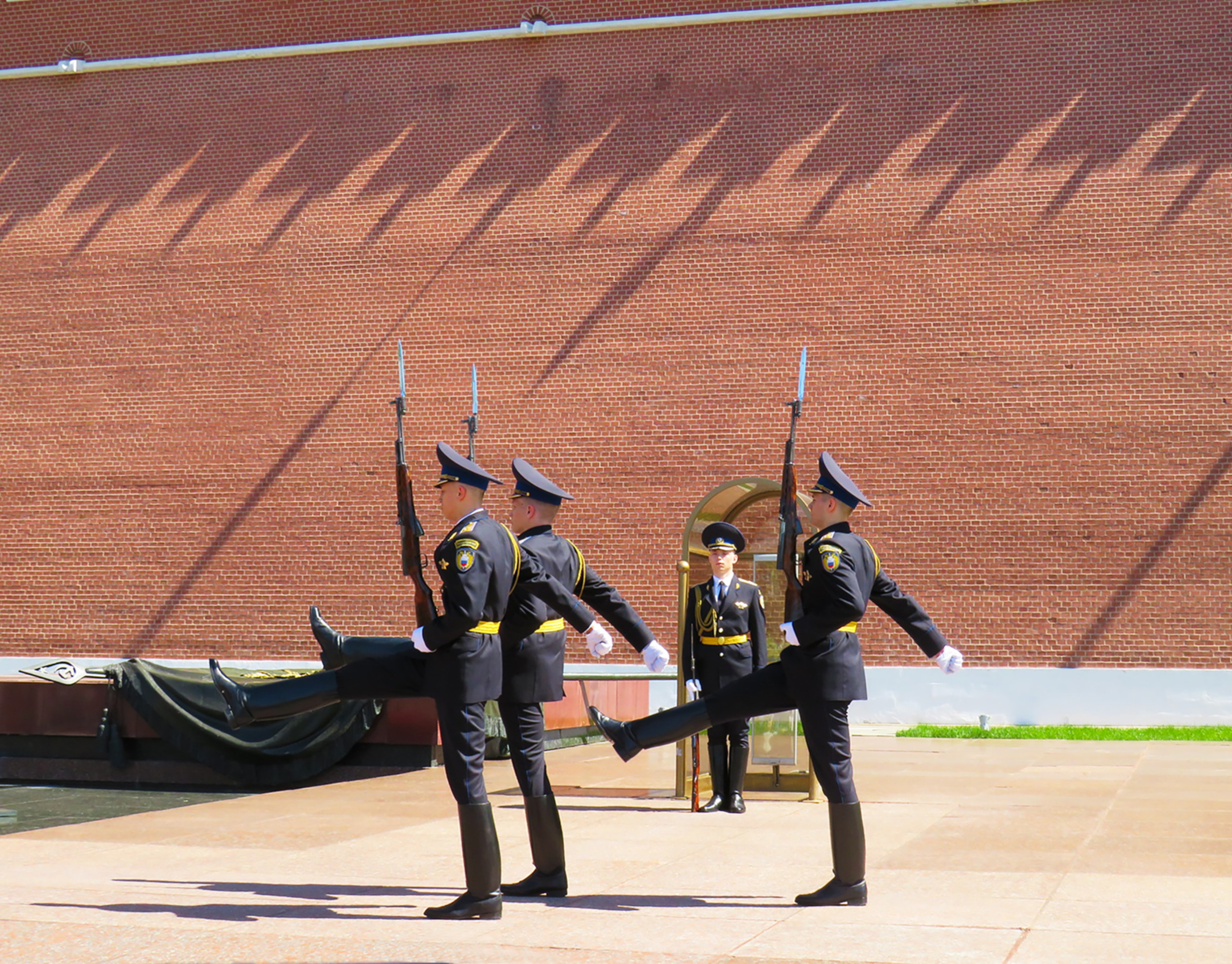
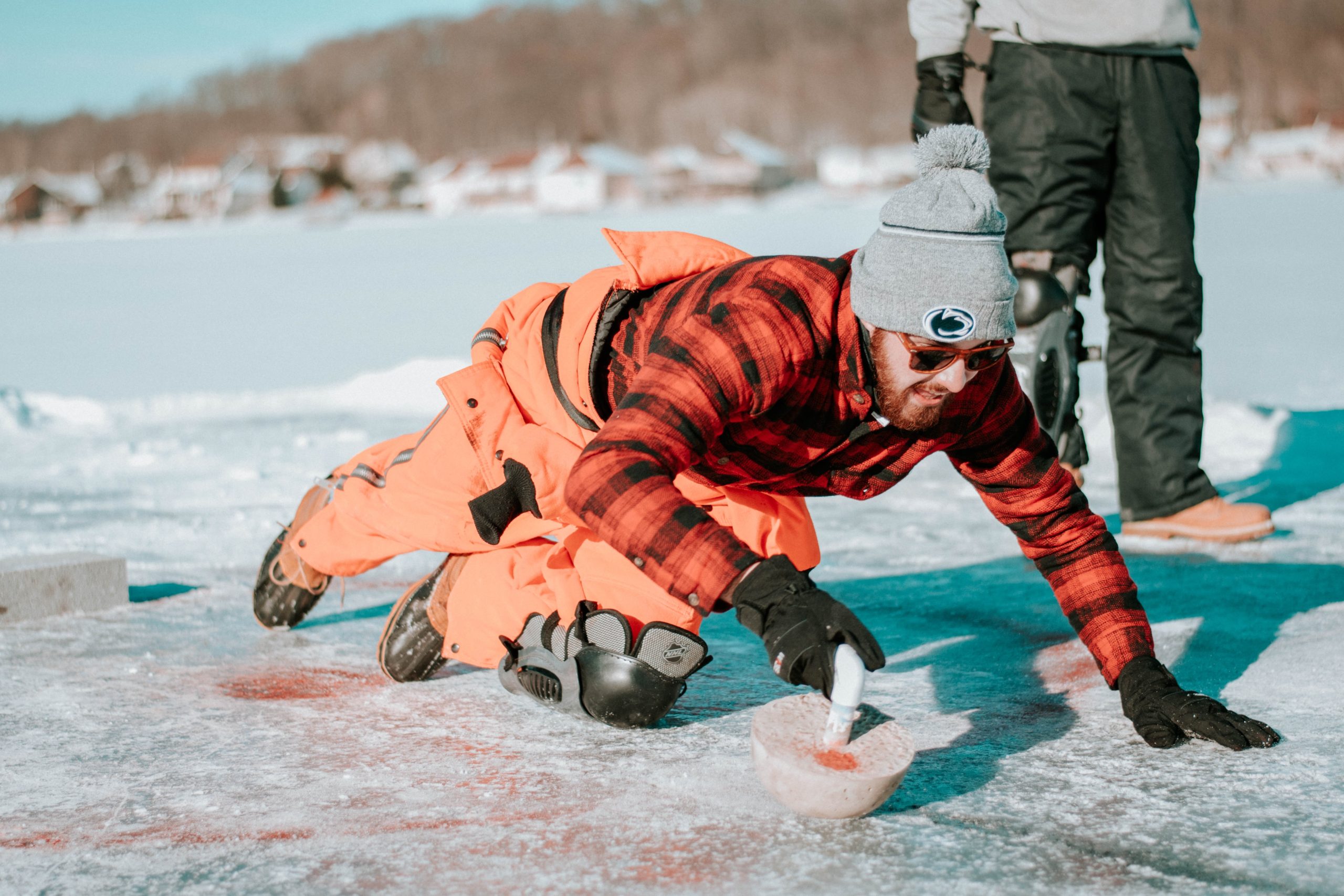
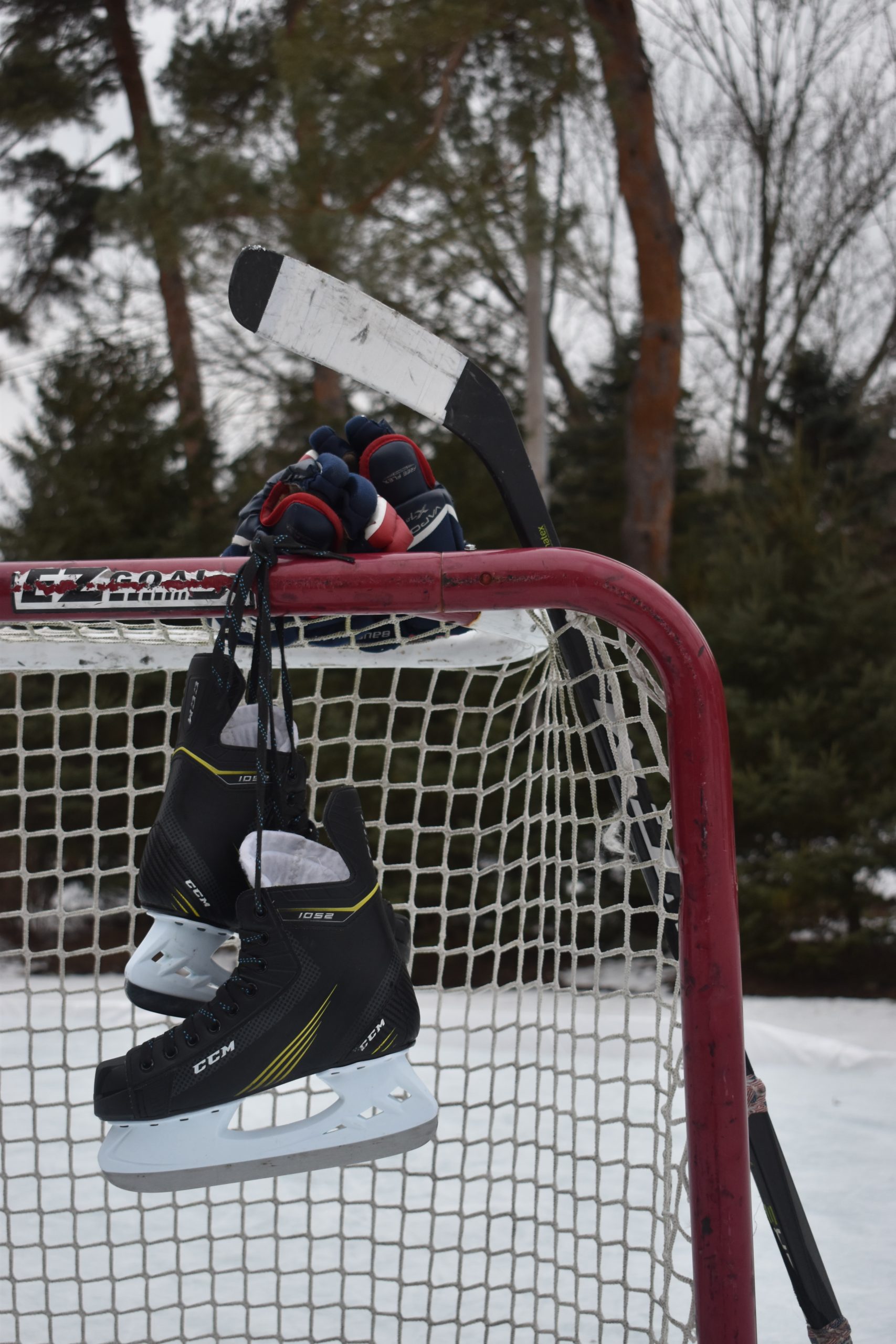
Russia/Moscow Travel Business Assitance
Are you planning to move your business to Moscow or open up Russia as a new market? Perhaps there is a conference in Moscow you need to attend and you need some help. We are here for your Russia/Moscow Travel Business Assistance.
